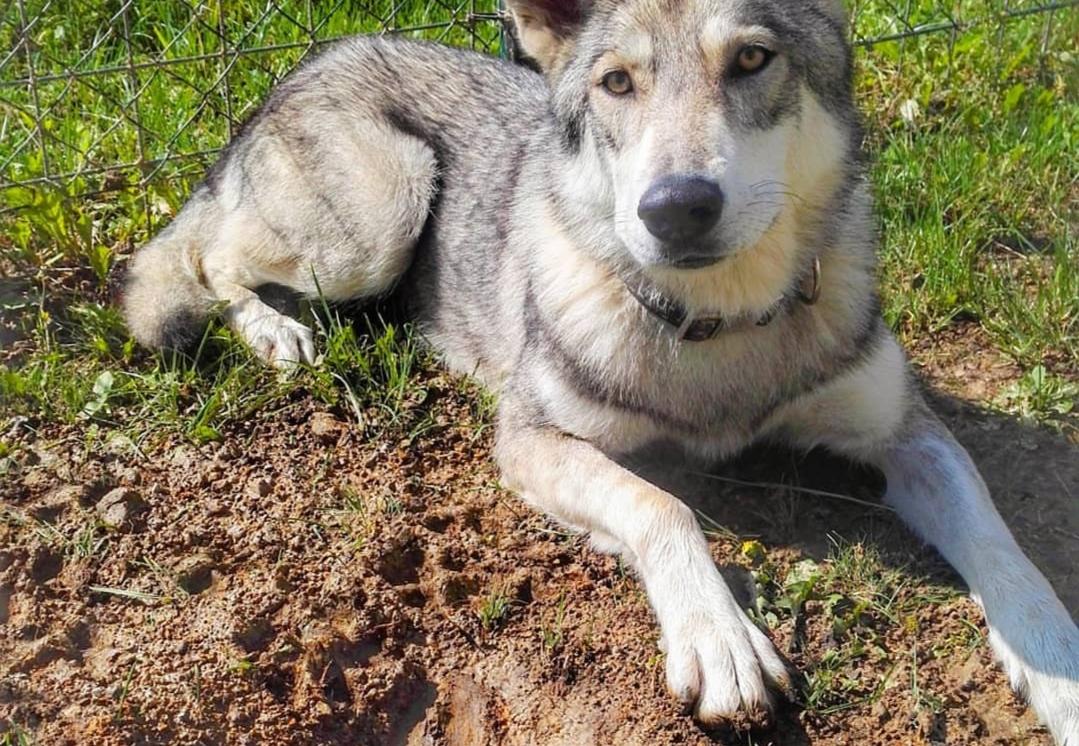Top Ten Fascinating Insights into the Evolutionary Path of Dog Domestication
Archaeological Evidence: Tracing Ancient Paw Prints

Archaeological findings provide tangible evidence of the deep-rooted relationship between humans and dogs. Ancient burial sites often reveal dogs interred alongside humans, indicating their valued status in prehistoric societies. Fossilized remains, dating back thousands of years, show morphological changes in early domesticated dogs, such as smaller size and altered jaw structures, compared to their wolf ancestors. These physical adaptations suggest a shift in lifestyle and diet, likely influenced by human proximity. Artifacts and cave paintings further depict dogs in roles beyond mere companionship, hinting at their involvement in hunting and herding, which underscores their integral role in human survival and societal development.